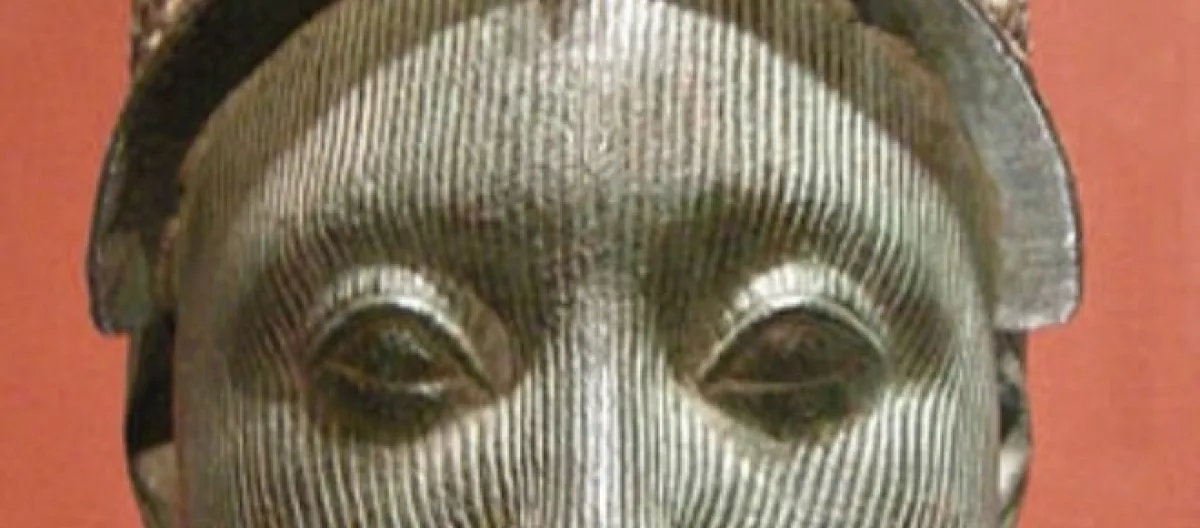British artist Damien Hirst’s new show “Treasures from the Wreck of the Unbelievable” at the Palazzo Grassi in Venice is billed as salvage of ancient art and artifacts dredged up from a sunken ship off the coast of East Africa two centuries ago. It certainly looks like that, but there was no such treasure because there was no such shipwreck. Raising riches from the deep is a HIrst fantasy.
As he told the New York Times, "It’s all about what you want to believe.”
Suspension of disbelief
At least one of the exhibit examples has proved too much to swallow for Victor Ehikhamenor, a Nigerian artist who recognized Hirst’s “Golden Head” (female) as a 14th-century icon known in his country as “Bronze Head from Ife” that was dug up there in 1938. The artistry of this centuries-old icon is out of Africa, not Hirst. As Ehikhamenor told the Washington Post, “This is part of our culture and artistic heritage.” (Translation: Hirst had no business co-opting his culture).
Abusing the privilege
This isn’t the first time that Hirst borrowed from someone else’s creation and called it his own; although he’s not the only rustler in the art world.
Picasso borrowed heavily from Africa, but he was upfront about it, famously saying, “Good artists borrow. Great artists steal.” It all comes down to how much of a work gets copied. Ehikhamenor says “Golden Head” is “an outright copy with very minimal alternations.”
Giving credit where credit is due
Hirst’s exhibit material includes acknowledgment that ancient Nigerian art was the source of his inspiration. But the many critics who reviewed the show, whether positively or negatively, failed to mention either the African connection or the blatant duplication. Alastair Sooke of the Telegraph called Hirst’s sculpture “tawdry and low-rent, tinny and fake,” but never said a word about him as a copycat.
And given that Jonathan Jones of the Guardian raved, characterizing this exhibit as “sublime” and “audacious and beautifully reborn,” you get the feeling that stealing from another artist wouldn’t matter.
Where’s the outrage?
Surely if the experts disregard such a key part of this sculpture, what can be expected of the rank and file exhibit goer to read the fine print? Viewers should also be made aware that Hirst is a serial copycat with a long record of knock-offs like the “Golden Head.” Instances include his aping Hans Haacke’s 1964 installation of a ball held high by a current of air, and jewelry by Colleen Wolstenholme. She sued Hirst in a Manhattan federal court last year for ripping off her designs, which he sold for millions. Maybe Degas was right when he said that art isn’t what you see; it’s what you make others see. In that case, Hirst, said to be England’s richest living artist, has the Midas Touch.
